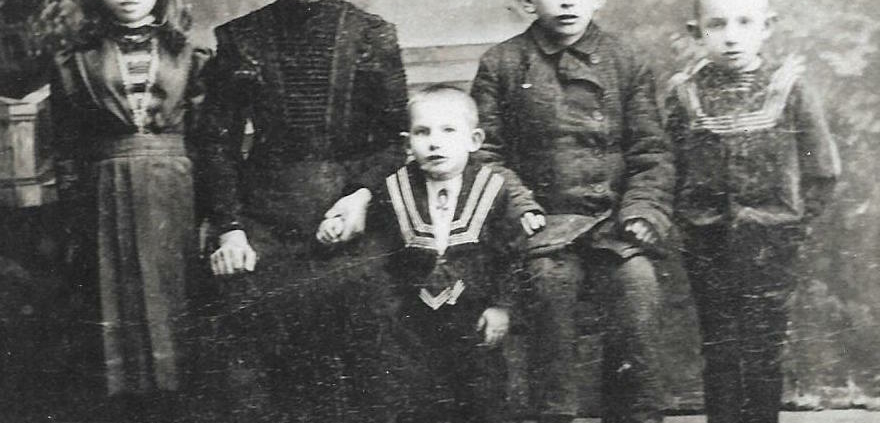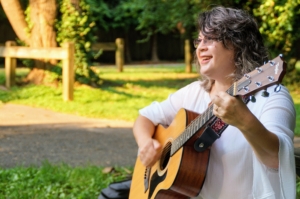What is on your computer screen?
The background image on my computer is a faded 1911 picture of my great grandmother, Anna, and four of her five then-surviving children. I know little about Anna but for her name and where she is buried. In that same picture, my grandmother, Sarah, is a girl of about seven years old. She stands slightly behind her mother. Both Anna and Sarah are long gone. Their lives are rarely recalled but for conversation during annual visits to a vast cemetery in Queens, New York. The chiseled names of many women just like them beckon us to recall that while details of lives may be forgotten, important legacies continue. A fascinating example is offered in Parshat Pinchas.
At this point in Torah, forty years of travels and travails for the wandering Hebrews is nearing an end. Getting down to the business of appropriating and apportioning the promised land, Moses oversees a count of the remaining people. The count is conducted tribe by tribe. Carefully scanning the chapter long list comprised almost entirely of male heirs of male scions, I found the name, Serach, daughter of Asher. Haven’t heard of Serach? It turns out that this is not her first appearance in Torah as she was listed among those of Jacob’s descendants who went down to Egypt, about 250 years earlier. This makes Serach the longest-lived woman of the Torah.
As Serach’s name appears without embellishment, stories were later written to augment her biography. These midrashim offer snapshots of Serach. One is of a beautiful young harp player comforting her grandfather Jacob while he is mourning the loss of his son Joseph. Another midrash describes her as the memory keeper of Joseph’s burial site. When Moses is about to usher the people out from Egypt, he must first find the bones of Joseph to bury them in Canaan as promised generations earlier. The only person old enough to recall where Joseph’s bones are buried is Serach.
Mention of Serach’s name reminded me of my grandmother Sarah. Born in the Ukraine, she was part of an intrepid family who made their way to New York despite tragedy and hardship. She was the sole female among six siblings. Grandma Sarah served as the comforter of suffering siblings and the memory keeper for the family. Sarah’s apartment was the family meeting place on weekends, serving up instant coffee with powdered non-fat milk and healthful advice from Readers Digest. Her apartment (and fold out sofa bed) was also the refuge when her brother’s marriages were contentious. Sarah monitored the movement of extended family as they departed Brooklyn for far off New Jersey or the paradise that was Florida. Sarah knew where the bones were buried.
Parshat Pinchas and my computer screen, offer an image of ancestors whose life stories have faded but whose legacies remain. Each day, I feel inspired by the memory of a family matriarch who persevered, who sustained family, and preserved history. Who might be the Serach of your family? Can you conjure a sense of gratitude for what they offered by recalling the lives they had? And would you consider saving a picture of them onto your computer screen?
R Evan Krame






 Evan J. Krame was ordained as a rabbi by the
Evan J. Krame was ordained as a rabbi by the